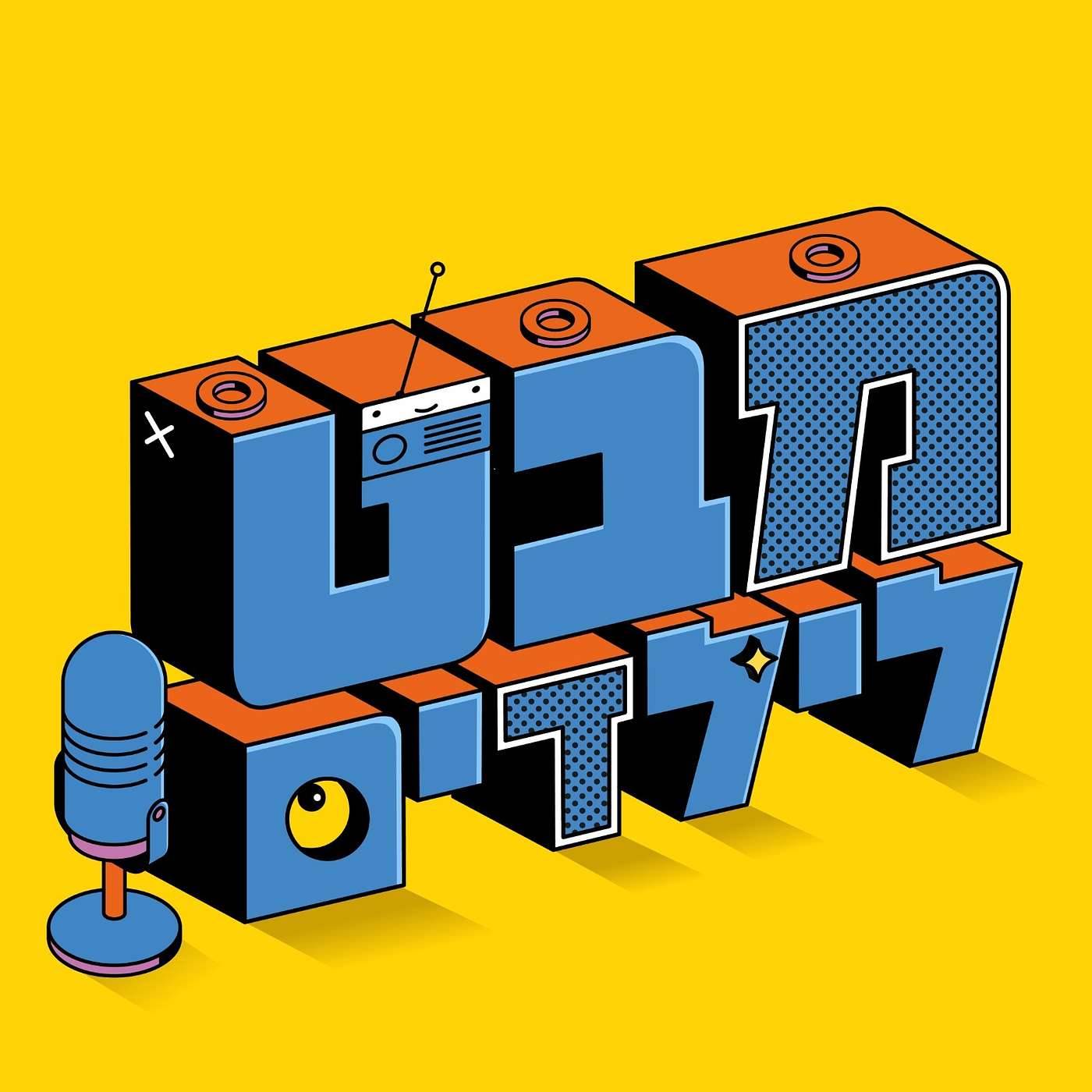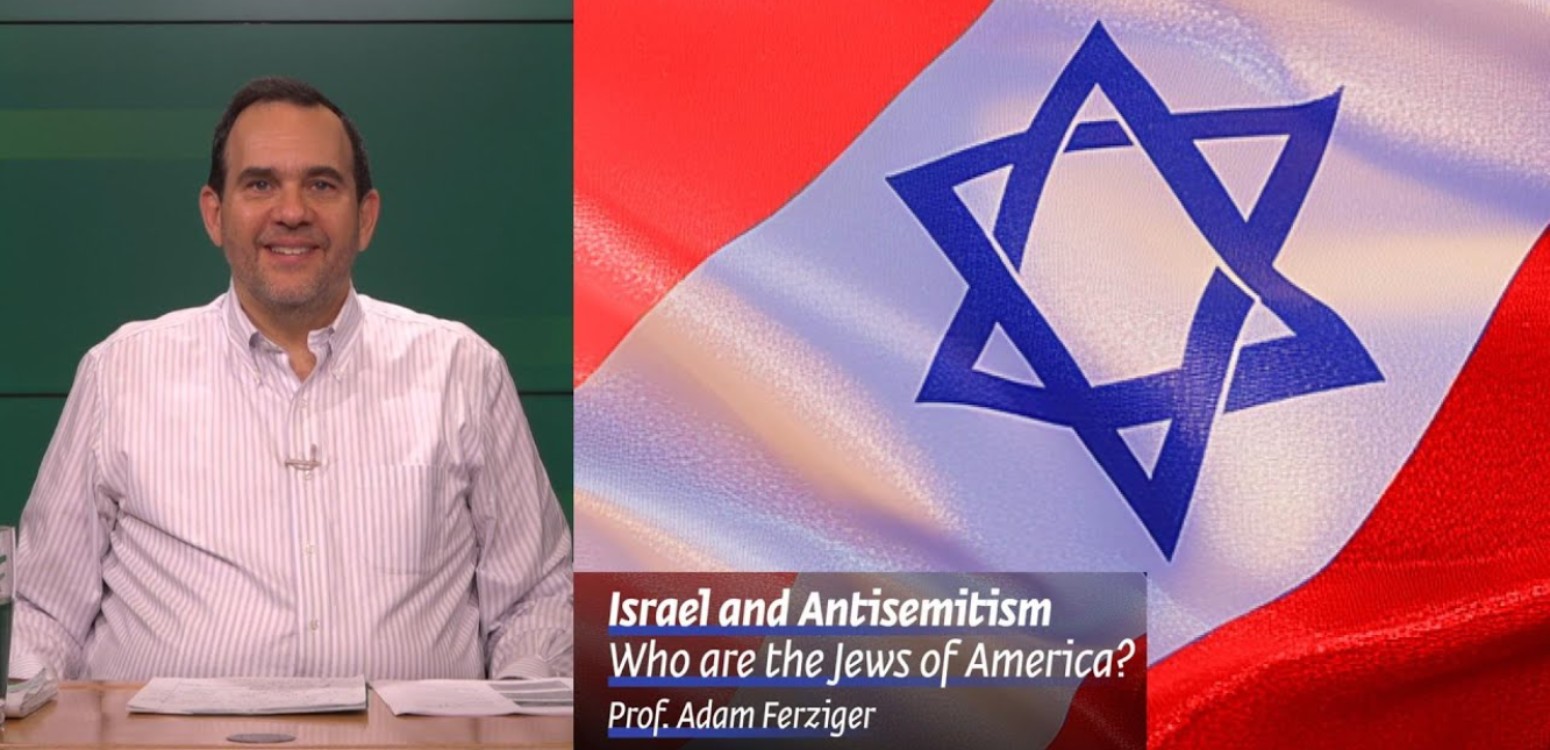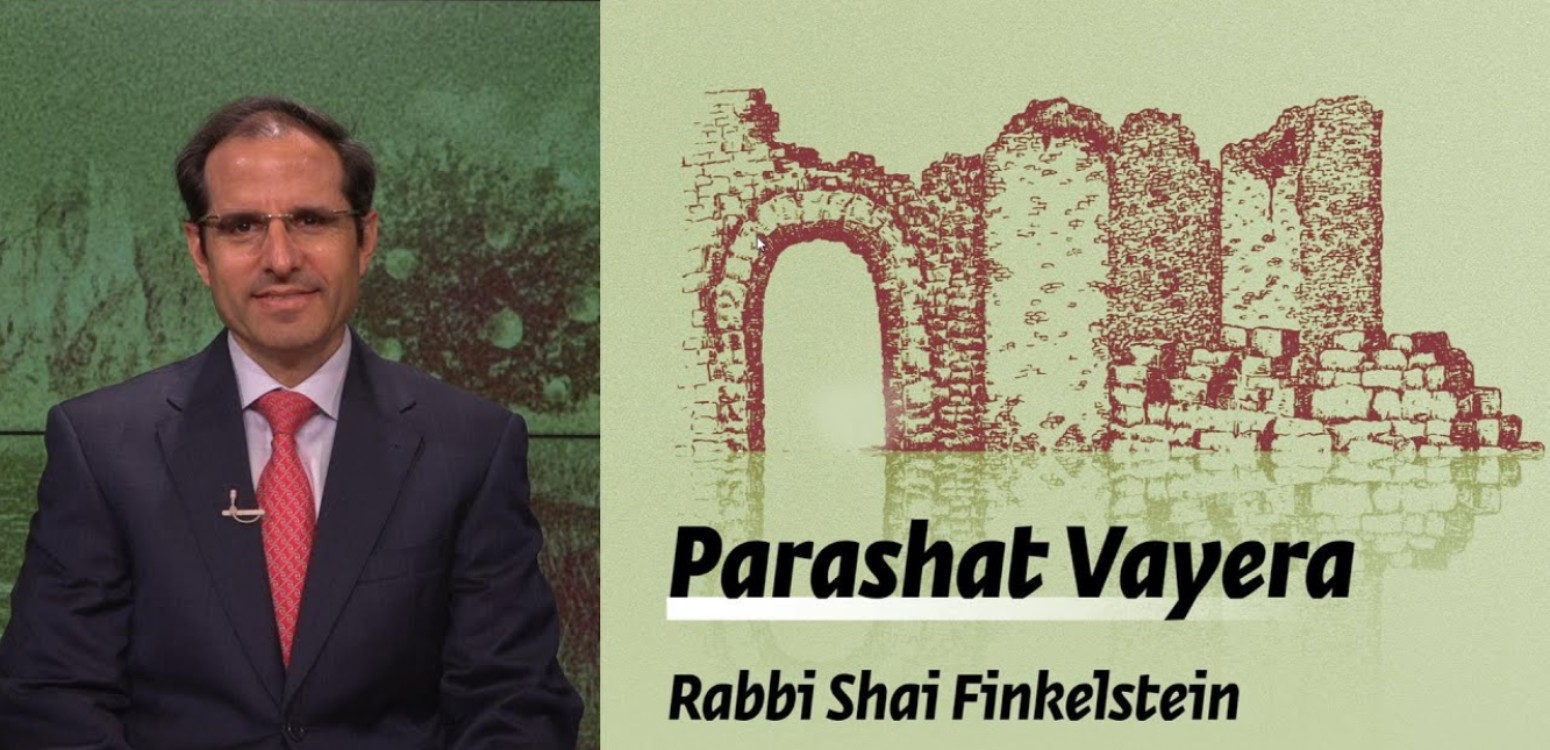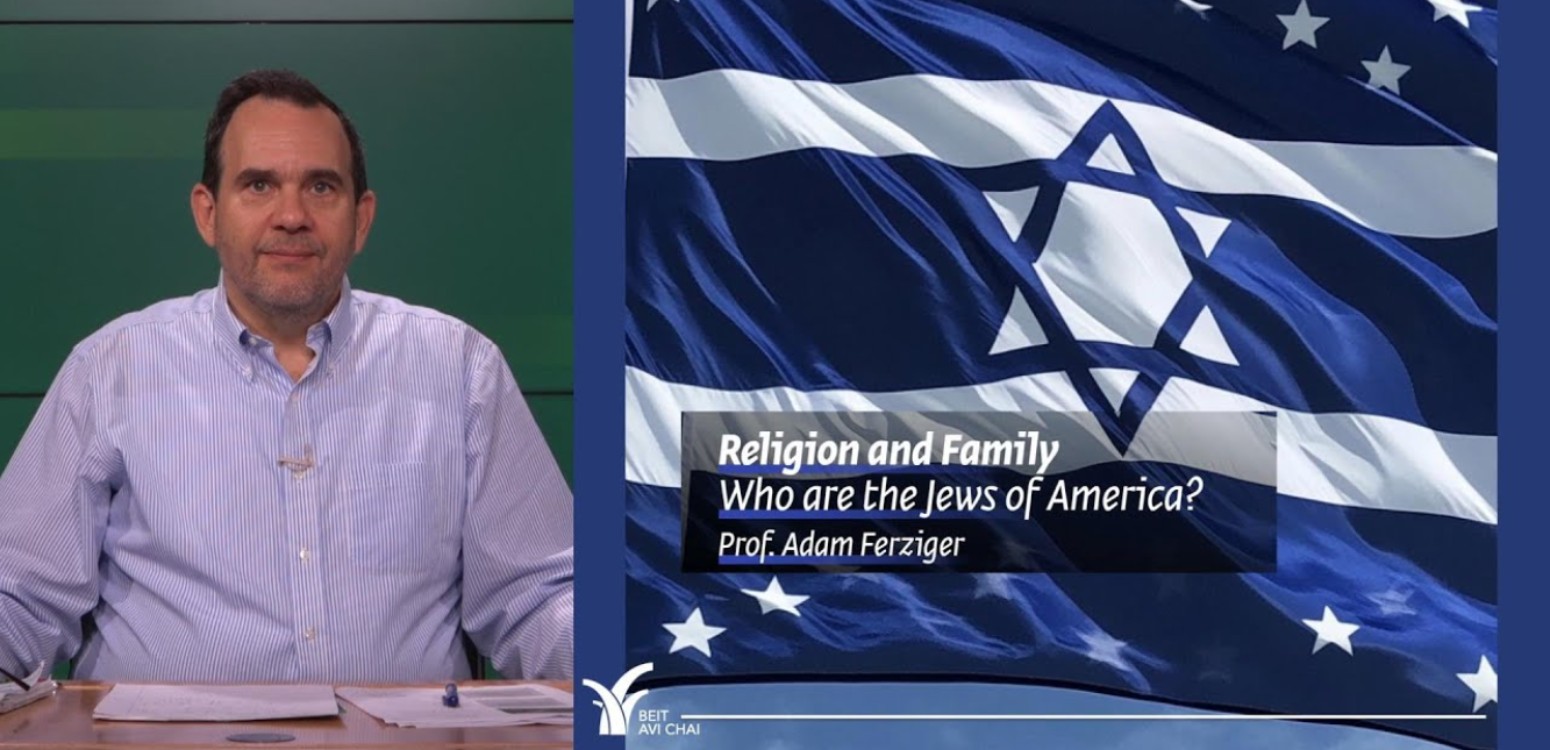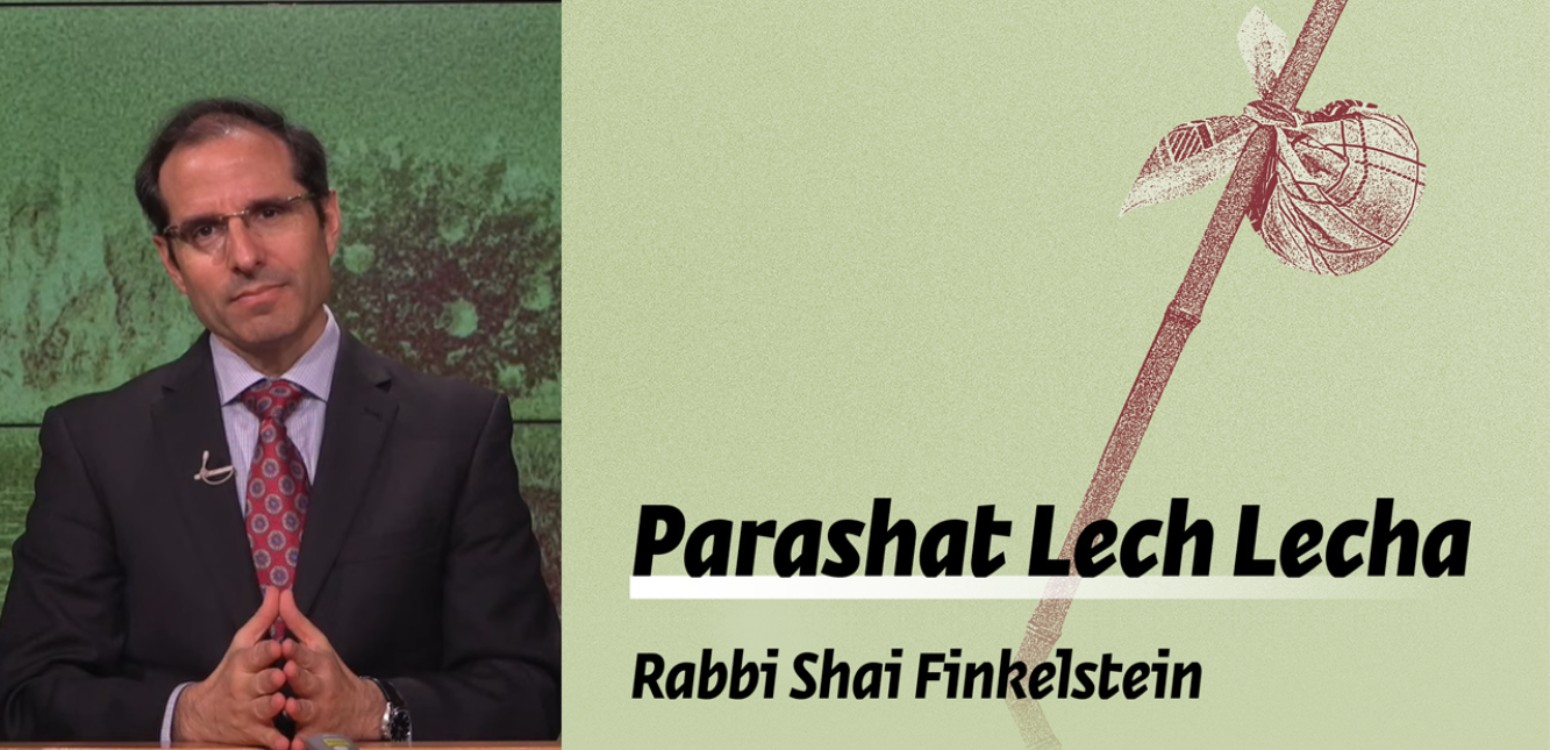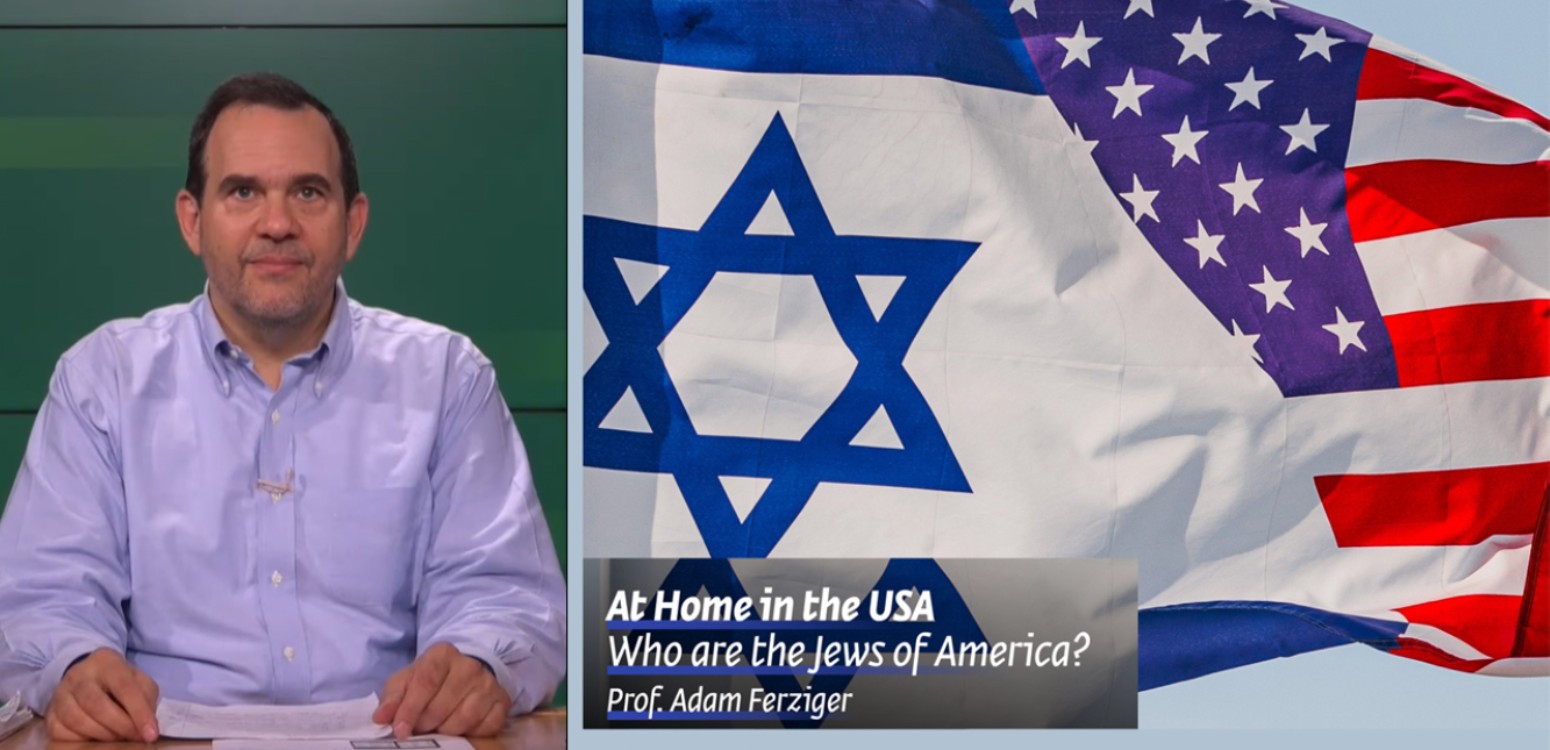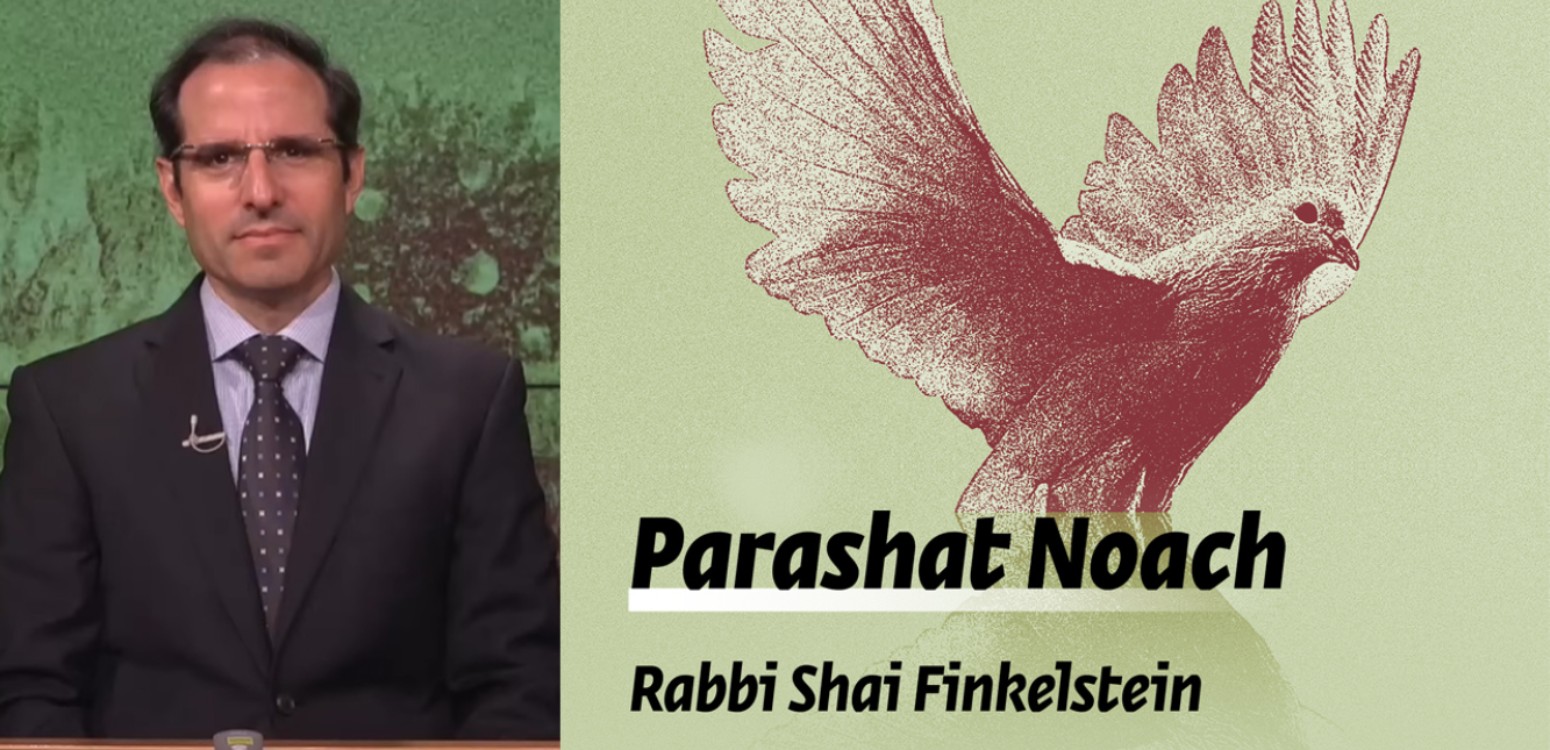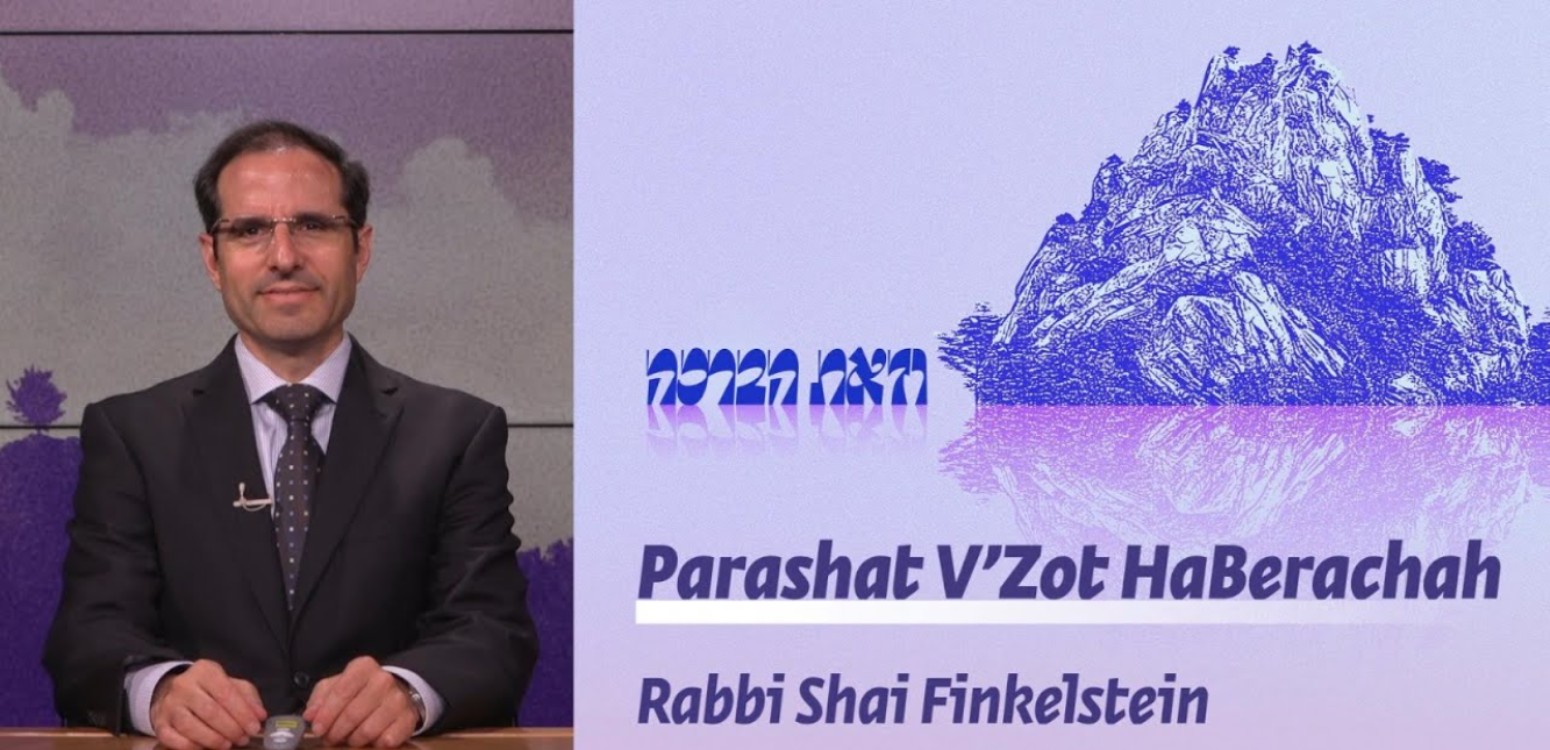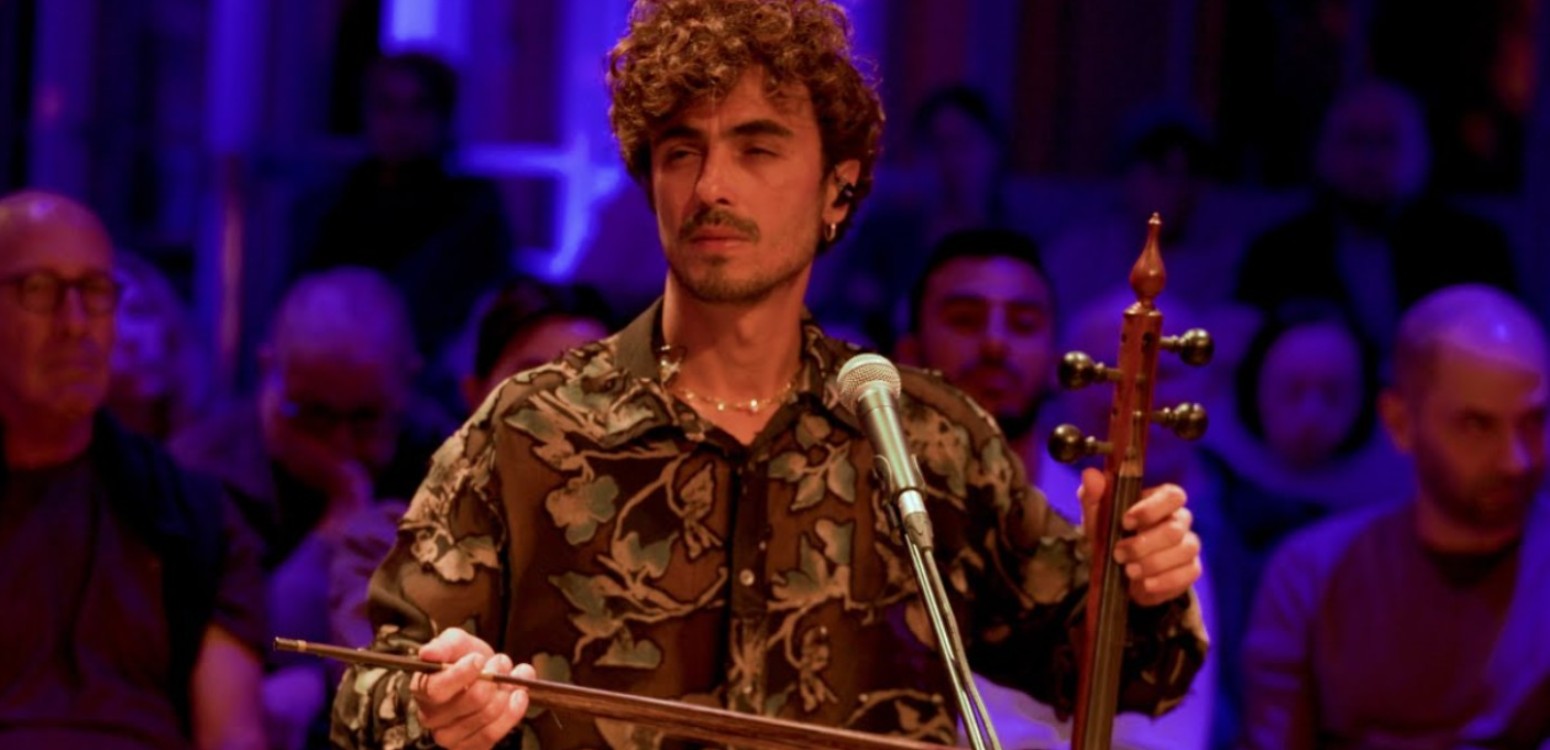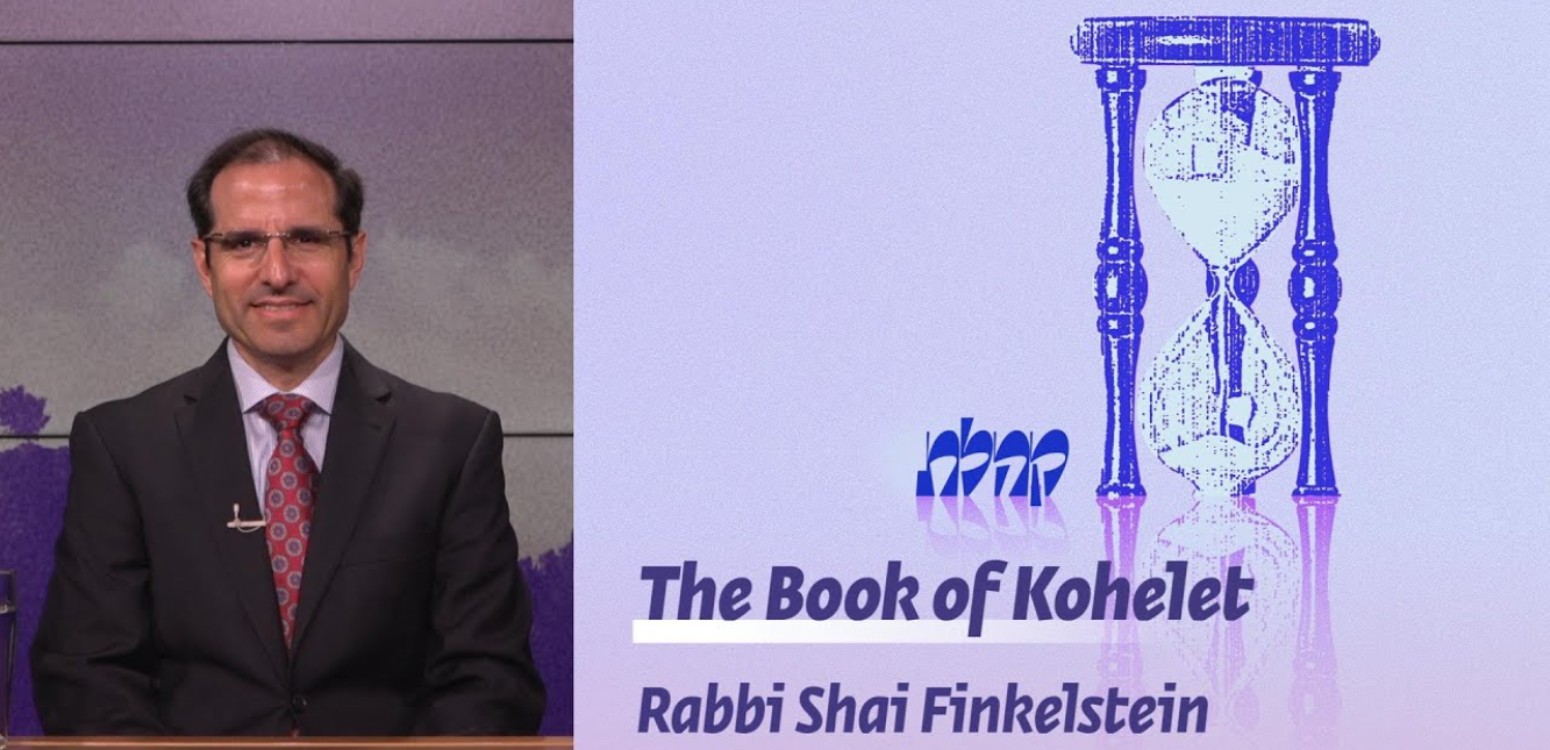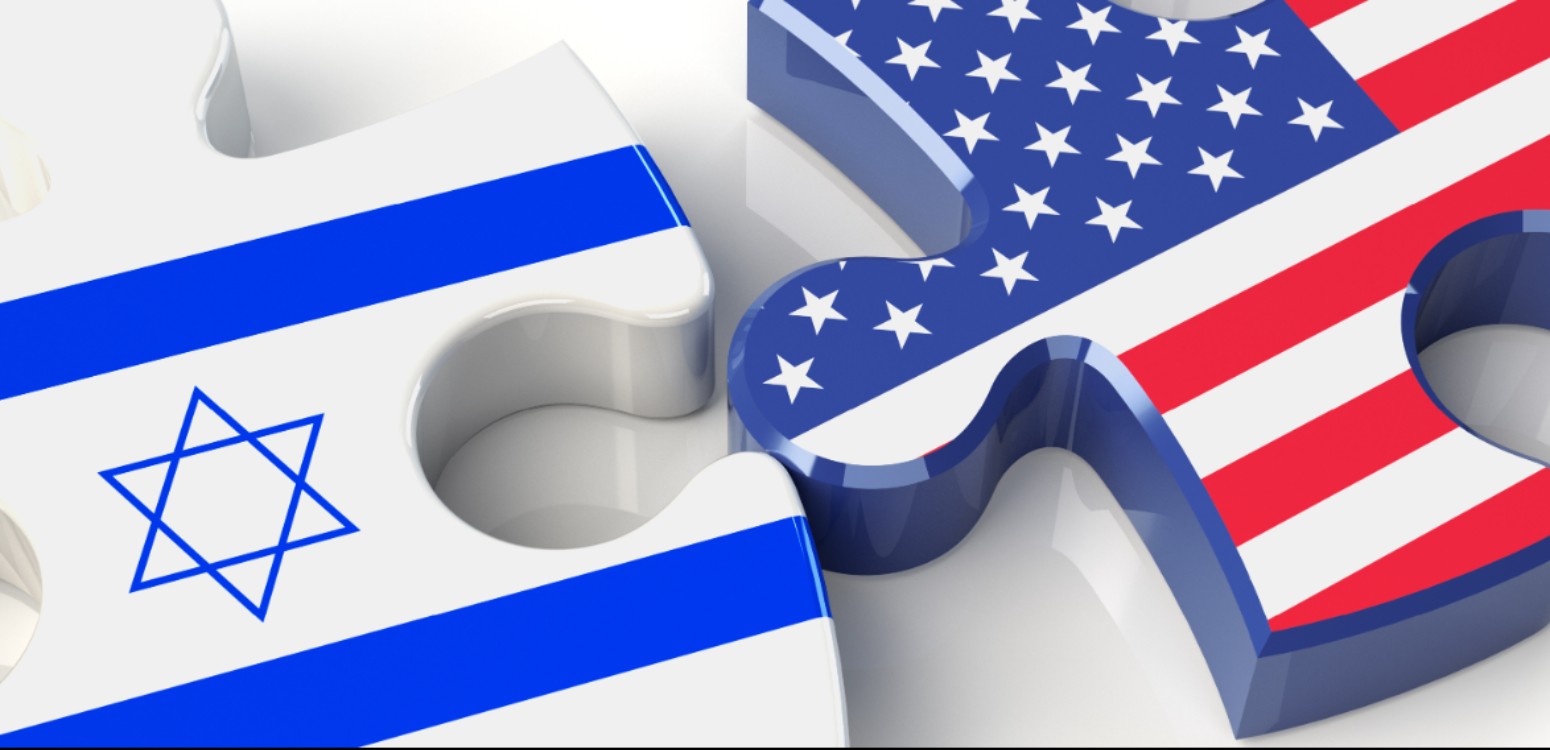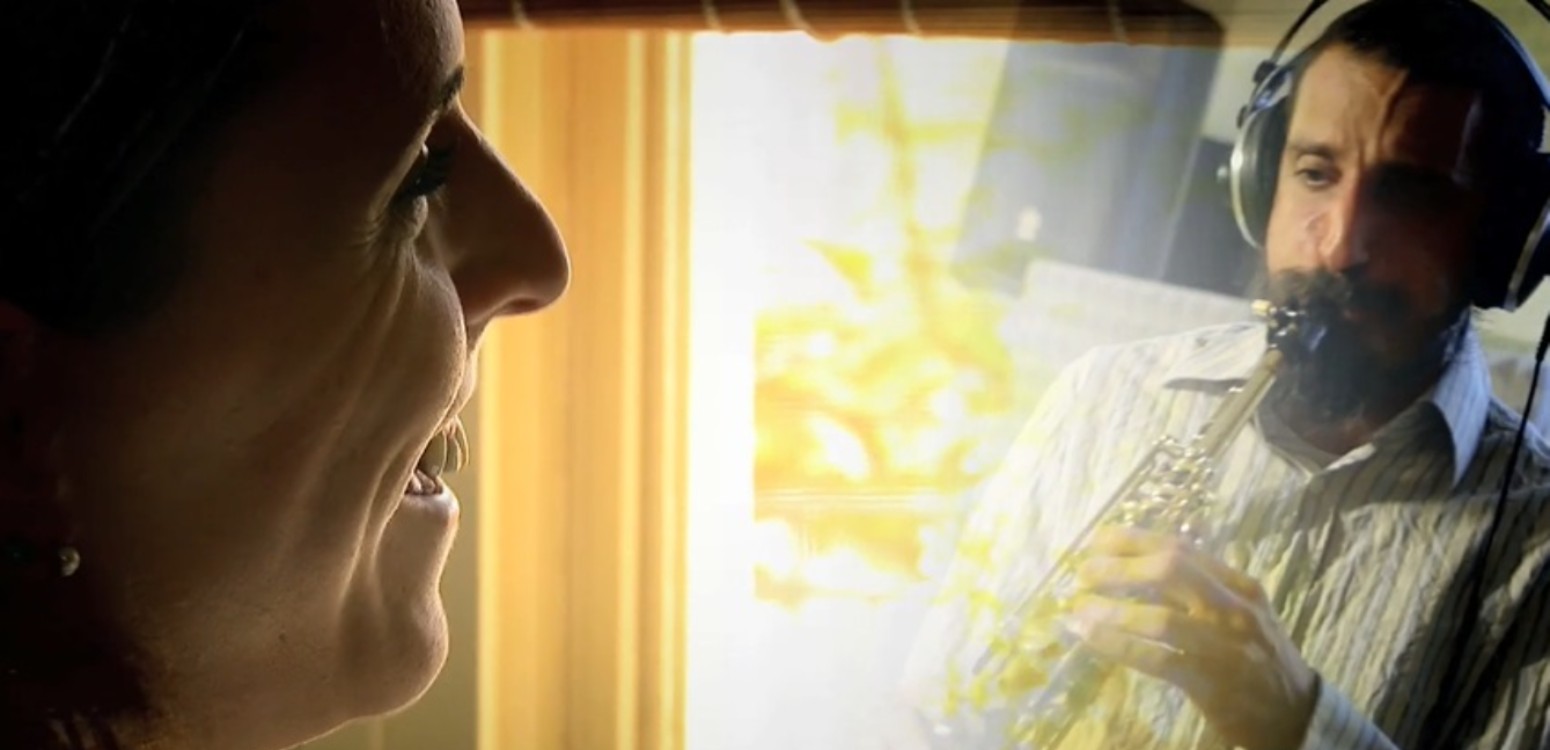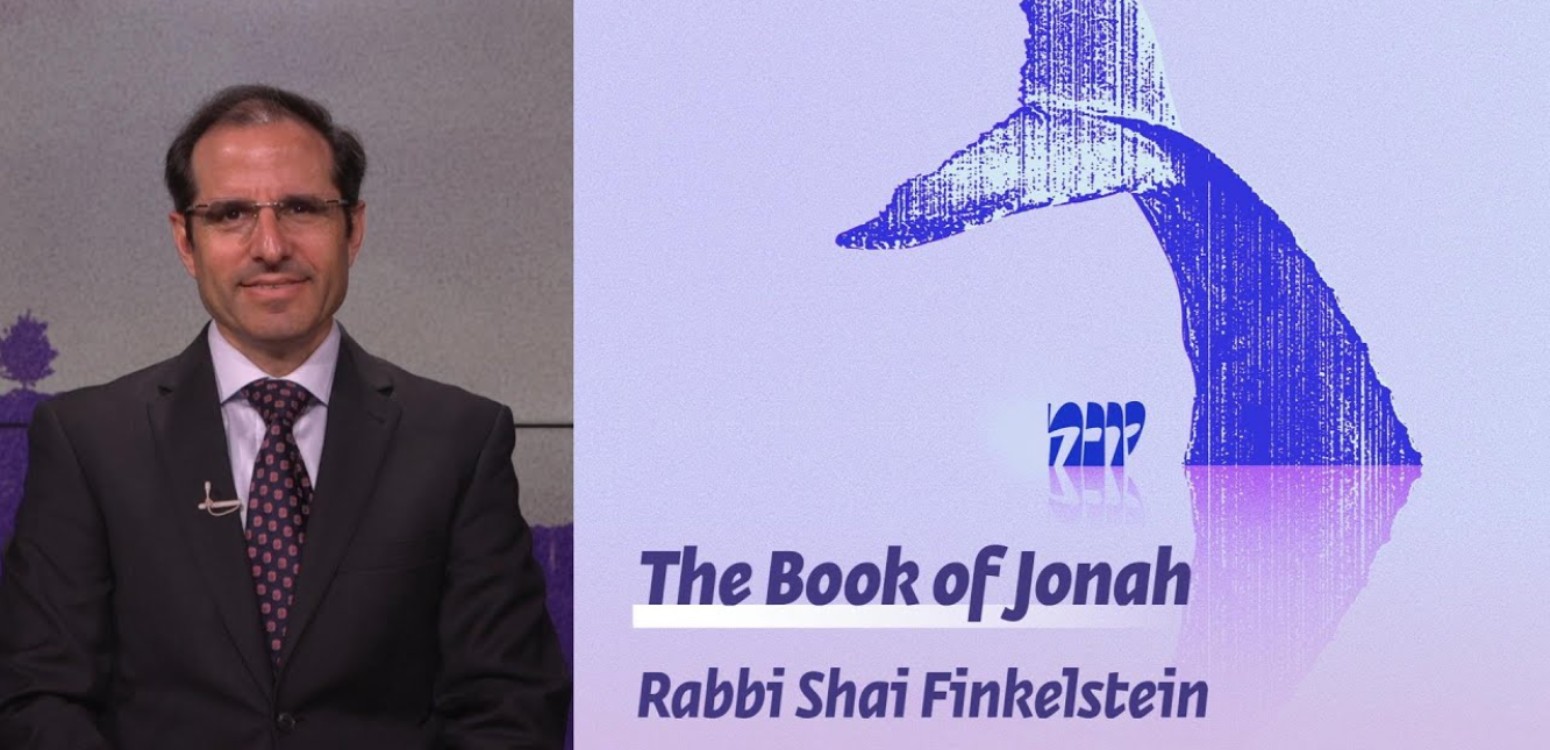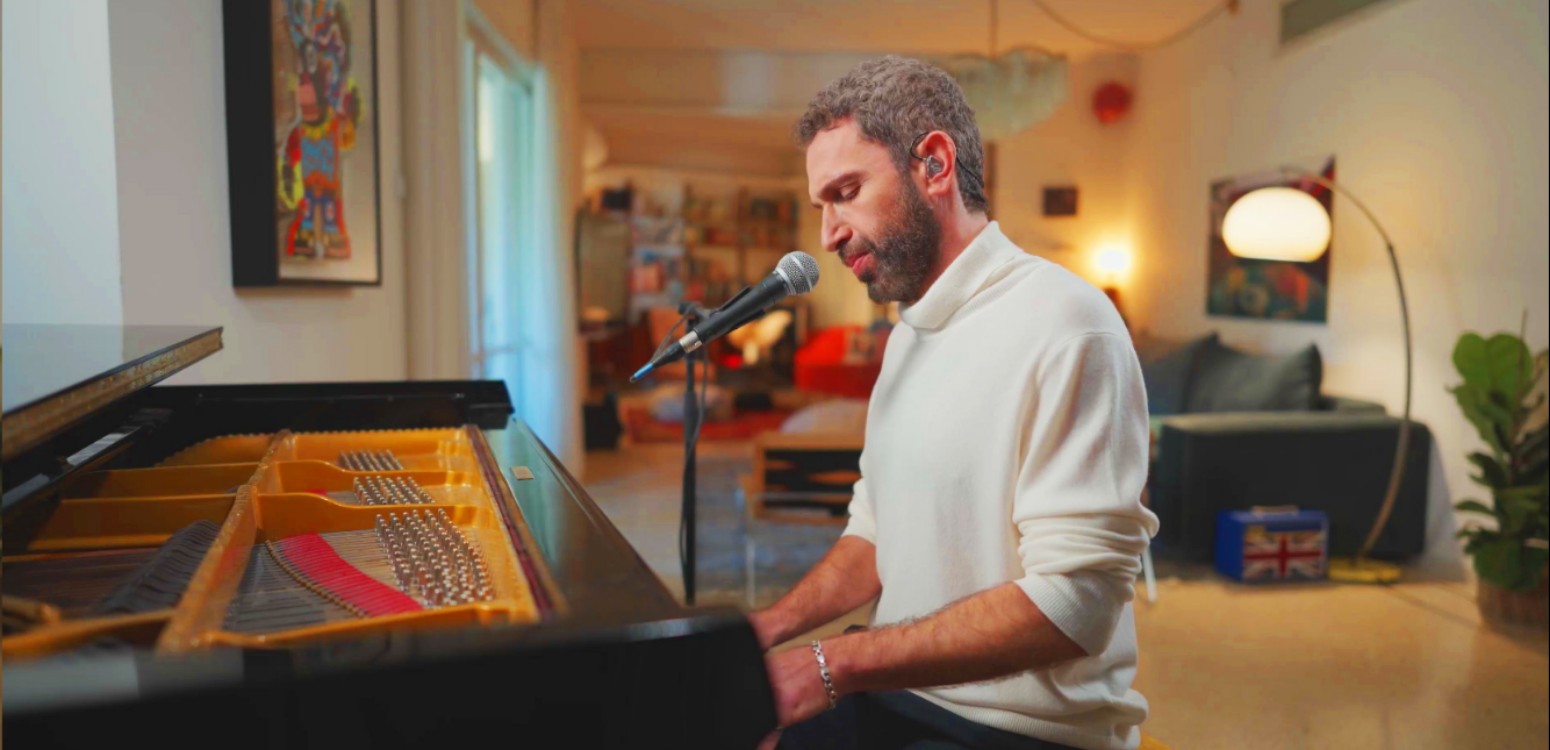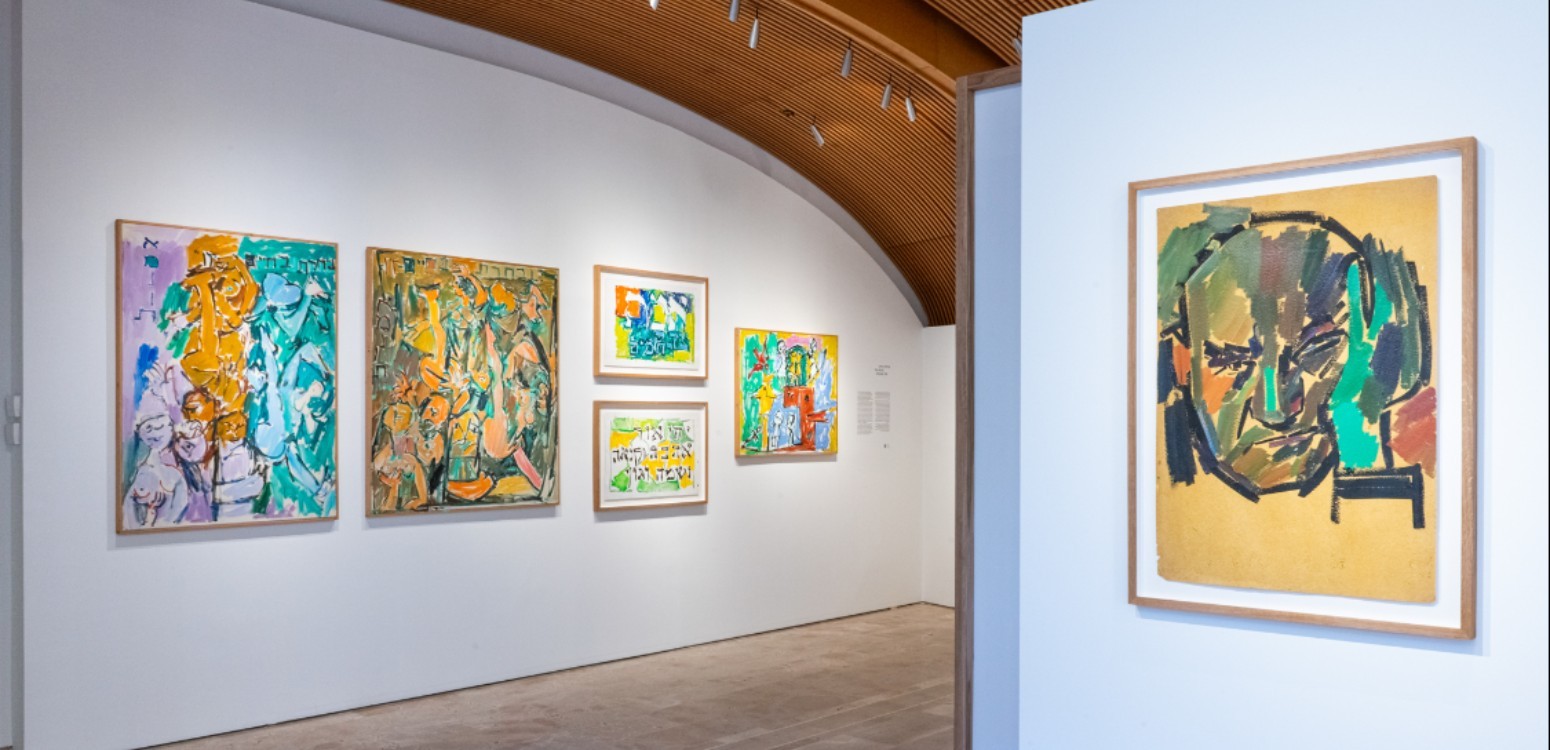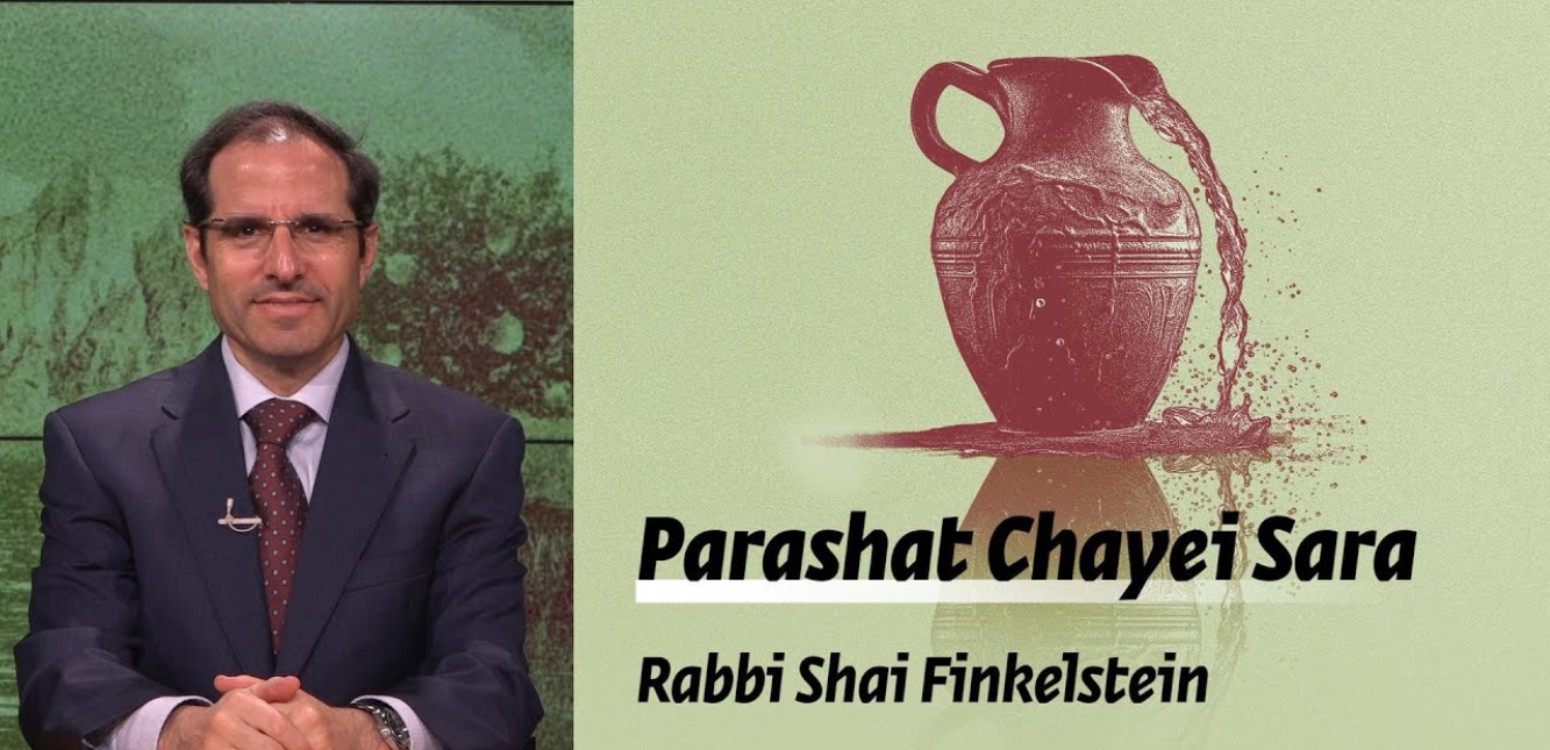
Isaac Kushnir at home in Saint Petersburg, 2022, Photo: Nikolay Busygin
I had the good fortune to meet Isaac and Lyudmila Kushnir in the spring of 2012. Tall, generous and incredibly charming, Isaac was born in 1951 and spent the first 18 years of his life in the small Moldavian village of Căprești, where more than half of the town’s population was Jewish. As a child, he spoke Yiddish fluently and loved the world of the shtetl.
Isaac Kushnir accidentally ‘discovered’ Anatoly Kaplan in 1976 when, as a theater student, he visited Poland and had a chance to go into bookstores that stocked titles banned in the Soviet Union. Browsing through the books, he came across a large volume with the word “Kaplan” on its spine. “When I opened the album,” he told me, “I realized it was all about me. It was as if I stepped back into my childhood.” He purchased the book and wrapped it in a towel to hide it from the informer in his group.
As soon as Isaac returned to Leningrad, he tried to meet with Kaplan. Due to Kaplan’s ill health, the meeting was not meant to be, but Isaac began buying Kaplan’s art. When Kaplan’s wife passed away, his works went to her nephew. In 1990, Isaac was able to purchase Kaplan’s archive, including personal items, photographs and letters.
Today, Isaac and Lyudmila Kushnir are the largest collectors of Anatoly Kaplan’s works. But they are not collectors in the ordinary sense of the word. Though they have many interests, the Kushnirs have dedicated their lives to ensuring that Kaplan’s oeuvre reaches the widest possible audience. To that end, they have donated his works to major museums in Russia and abroad, secured funding for publishing catalogues, and are in constant contact with museums and galleries around the world to organize exhibitions. A large part of the Beit Avi Chai exhibition comes from their private collection.
Writing about Kaplan and Isaac Kushnir, Saint Petersburg scholar Valery Dymshits pointed out that Isaac Kushnir got lucky when he discovered Anatoly Kaplan, but Anatoly Kaplan was also lucky to have been discovered by Isaac Kushnir. I would take his words one step further: the Jewish people are fortunate to have Isaac and Lyudmila Kushnir. They may live in Saint Petersburg but the value of what they do resonates throughout the world and benefits us all.
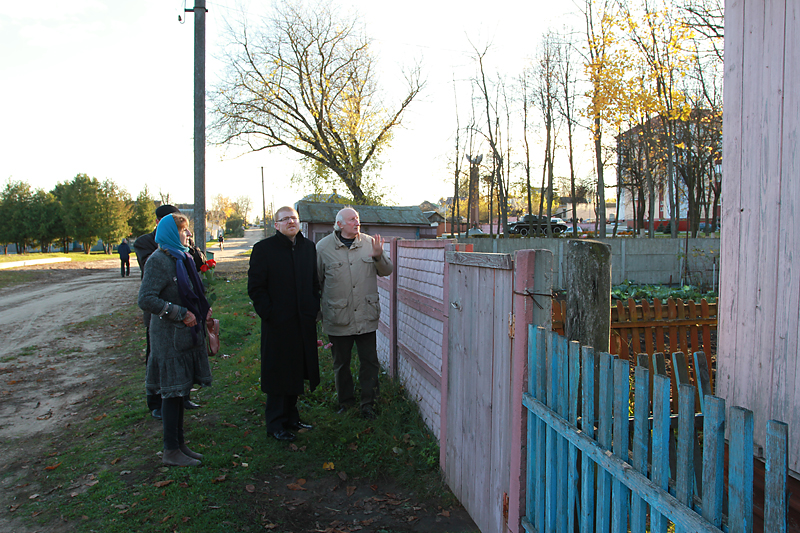
David Rozenson, Isaac and Lyudmila Kushnir in Rogachov,
October, 2012, Photo: Nikolay Busygin
In October of 2012, I travelled with a small group of Jewish academics and writers, along with the Kushnirs, to Vitebsk, Gomel and Rogachov. The Kushnirs gifted Kaplan’s works to museums in all three cities. In Rogachov, I walked along the banks of the Dnieper and visited the surviving tombstones of the old Jewish cemeteries. I thought of all the horrors that took place here. And yet I also imagined the old streets as they once were. The houses, people, children, and goats were those from Kaplan’s paintings – there was no other way to visualize it all and I was grateful to Kaplan for giving me the chance to see, through his eyes and his brushstrokes, the way these places once pulsated with Jewish life.
In Rogachov, we stopped at a memorial monument to the Jews murdered in the Rogachov ghetto. As I read through the names engraved in white on slabs of black marble, my heart skipped a beat as I saw three mentions of the Bruk family – my great-grandparents and their child murdered in the ghetto.
Nearby, a white goat grazed lazily on the grass. My eyes met Isaac Kushnir’s and without saying a word, we both understood the power and importance of Jewish memory.
Rogachov, October 2012, Photo: Nikolay Busygin
In July of 2022, Amichai Chasson, Sveta Busygina and I were in Saint Petersburg; the primary reason for the visit was to gather more works and information for Beit Avi Chai’s exhibition of Anatoly Kaplan. After visiting Saint Petersburg’s impressive Grand Choral Synagogue, the Anna Akhmatova Museum at the Fountain House, the Apartment of Joseph Brodsky Museum, and the Museum of Religion, we drove to the apartment of Isaac and Lyudmila Kushnir.
To imagine their high-ceilinged apartment, one should think of a mini-museum-cum-European-intellectual-salon. The large living room is filled with paintings by European artists; there is a custom-built wall closet for Isaac’s large collection – more than 3,000 individual pieces in total – of clay whistles. In the rest of the apartment, every hallway, wall, and bookshelf is filled with works by Kaplan. In the side rooms, numerous catalogues, books, articles, and Kaplan’s personal items lie patiently in wait for their next exhibition.
Always the perfect hosts, the table was set with the Kushnirs’ homemade gefilte fish, different types of herring, black bread, wine, and freezing vodka. As he spoke, Isaac – whom I have called “Reb Izya” since we first met – looked up at the ceramic works by Kaplan that hang on the walls. “At night, I sit here and speak with them,” he told us. “The images that Kaplan created are my family, now long gone but alive in his works.”
As we clink glasses, Lyudmila carefully unwraps one large and two smaller old silver Kiddush cups engraved with landscapes. “These were my grandfather’s,” she says, “and I would like you to have them.” I look at the Kiddush cups and Kaplan’s artwork that surrounds us. Moved by their gift, I say: “For us, these are not items of the past. Kaplan’s works raise questions about struggles with Jewish identity, about the importance of Jewish education, and the need to bring the richness and beauty of Jewish culture into our homes. These questions are just as important for us today as they were for Kaplan as he created his masterpieces in Soviet Russia.”
Before leaving the Kushnirs’ apartment, stirred by the content of our conversation and, perhaps, somewhat inebriated from all the vodka-infused cheers, Reb Izya, his wife Lyudmila, Sveta, Amichai and I locked arms, forming a closed circle with our bodies to say goodbye. I’m not sure how it happened, but arm in arm, we began to dance.
Too shy to look at one another, our eyes closed, I heard the Klezmer musicians begin to play their violins. The shtetl characters who had been staring at us from all the Kaplan paintings slowly joined us. In the middle of the circle, was Tanchum Kaplan himself. He held a child with a small Torah scroll in one hand and a paintbrush in the other. An elderly Jew by the name of Sholem Aleichem picked up a little boy and placed him on his shoulders. They danced and danced, encouraging us not to stop. Finally, as we came out of this reverie and opened our eyes, Reb Izya looked up at us and said: “Lechaim!”
Also at Beit Avi Chai


